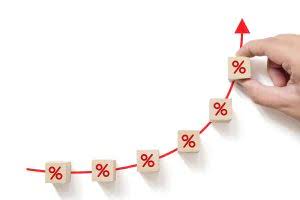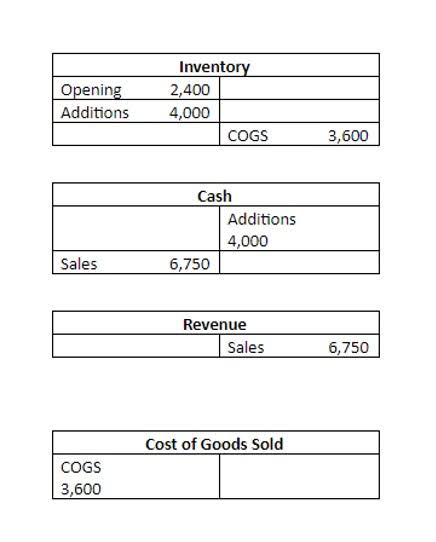
But, using it along with other techniques can provide an even clearer picture of your business’s financial health. To calculate your potential bad debts expense (BDE), simply multiply your total credit sales by the percentage you anticipate losing. Before making predictions regarding financial health, businesses must accumulate data concerning their expenses and sales. Then, they can utilize their accounting documents to find the figures.
Get the figures together
- In this step, businesses hope to obtain positive percentages in all accounts.
- This method is often referred to as the income statement approach because the accountant attempts, as accurately as possible, to measure the expense account Uncollectible Accounts.
- He would then apply those percentages to $400,000, rather than the $250,000 from this year.
- These capabilities contribute to a clearer understanding of your financial situation.
- The accounts receivable to sales ratio measures a company’s liquidity by determining how many sales are happening on credit.
Suppose Panther Tees is a t-shirt retailer that sells t-shirts directly to consumers via its online platform. Since the cost of acquiring the products is increasing, the organization wants to determine whether it must increase the price of the t-shirts. Frank wants to see https://www.instagram.com/bookstime_inc the percentage of sales for his expenses specifically so he goes back to his initial amounts and sees that expenses totaled $20,000, or 20% of revenue. It also can’t consider other financial changes like future bad debts that might impact sales. If you want to make financial planning decisions based on your business’s historical performance, then the percentage-of-sales method is your new best friend. Joist helps manage sales, streamline operations, and create detailed estimates and invoices.

Historical data is less reliable for fast-growing companies
Most businesses think they have a good sense of whether sales are up or down, but how are they gauging accuracy? With shifting budgets and different departments needing more or less from the company every month, having a precise account of every expense and how it relates to future sales is a must. Businesses can determine how much (approximately) they can earn or lose in all accounts by taking the revenue percentage relevant to every account and applying it to the forecast number. Divide your line item amounts by the total sales revenue amount to get your percentage. Now Jim has the percentages, he can estimate his sales for next year, and apply them to each line item to get a rough idea of what each of them will look like.

Get in Touch With a Financial Advisor
- This analysis reveals which aspects of your business are most sensitive to sales changes.
- Each historical expense is converted into a percentage of net sales, and these percentages are then applied to the forecasted sales level in the budget period.
- With this information, management can look further into which costs are causing this relationship and implement effective cost cutting procedures.
- Before making predictions regarding financial health, businesses must accumulate data concerning their expenses and sales.
- Divide your line item amounts by the total sales revenue amount to get your percentage.
She operates a specialty cake, army bed, cinnamon roll shop called “Bunsen’s Bundt, Bunk Bed, Bun Bunker” or “B6” for short. We’ll use her business as a reference percentage of sales method example point for applying the percent of sales method. This method is seen as more reliable because it breaks down the probability of BDE by the length of time past-due.

Over the past three years, the company found that its marketing expenses averaged 8% of total sales, while its operating expenses averaged 12%. Following a few simple steps, you can forecast future revenues and expenses to ensure your business stays on track. By no means is meant to be hailed as a definitive document of every aspect of your company’s financial future. If you want a clearer, more accurate picture of where your company is headed financially, you’re better off carefully detailed, line-by-line forecast that considers other aspects beyond your sales level. When performing any financial calculations, accurate data is your number-one priority.
How much are you saving for retirement each month?

This forecasting helps the company allocate resources effectively and prepare for the expected financial demands of the coming year. The business projects that its sales will increase by 20% next year, resulting in projected sales of $1,200,000. One of your goals as a business owner is to increase your https://www.bookstime.com/ sales percentage to grow your business and stay competitive.
